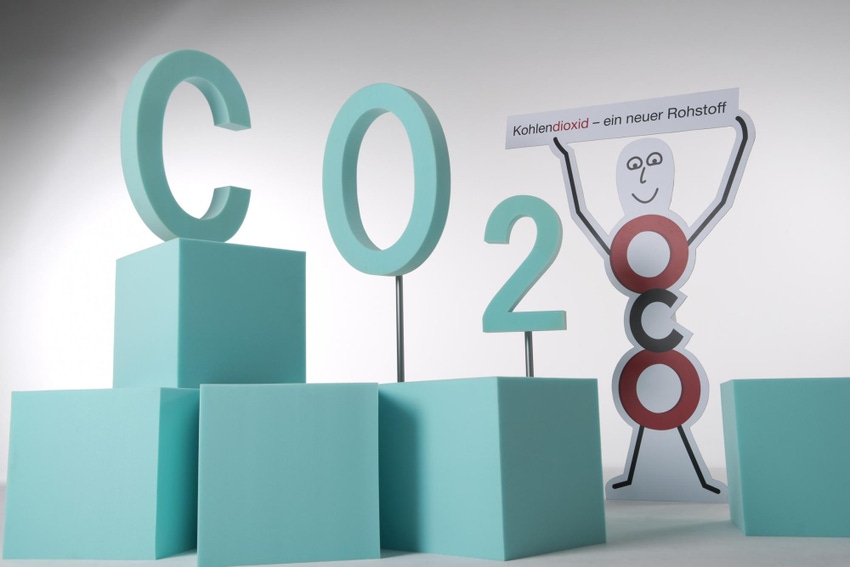Bayer MaterialScience dreams of expanding range of CO2-based plastics
When in 2009 Bayer MaterialScience started exploring ways to make it possible to use CO2 as a raw material to make plastics, it named the project "Dream Reactions." The researchers working on the project knew that CO2 could be used to replace, at least in part, the use of oil - the trick was finding the catalyst that would make this 'dream' reaction come true.
August 26, 2014

When in 2009 Bayer MaterialScience started exploring ways to make it possible to use CO2 as a raw material to make plastics, it named the project "Dream Reactions." The researchers working on the project knew that CO2 could be used to replace, at least in part, the use of oil - the trick was finding the catalyst that would make this 'dream' reaction come true. Fast-forward to 2014, and that catalyst has been developed, the Dream Production project has been launched and if all goes according to plan, carbon dioxide-based flexible polyurethane foam for use in mattresses will be produced at the Dormagen site from 2016 onward.
The quest, however, did not stop there. Today, the company has announced that its research into carbon dioxide as a new raw material for making plastics has yielded further exciting results.
|
The first use of CO2-based foams is in the production of mattresses. |
The Dream Polymers research project, as it is known, in which the company is continuing its activities to find new uses for CO2, has produced a technology by which a considerable reduction of the need for petroleum at precursor level is achieved through the incorporation of CO2. The new process also extends the range of plastics that CO2 can be used to produce.
Previously, the technology used to make CO2-based polyols still meant that 80% of the product was still oil-based. "We have now succeeded in reducing the petroleum content to just 60%," said Project Manager Christoph Gürtler.
This improvement is due to the fact that carbon dioxide is used twice in the new process. First, the greenhouse gas is incorporated directly into a new kind of precursor (polyoxymethylene polycarbonate polyol), replacing 20% of the petroleum. Second, it is also used indirectly, producing a chemical that is also incorporated into the precursor for a further 20% saving in petroleum. "As a result, the proportion of alternative raw materials is already 40%," Gürtler noted.
Moreover, in the future, this technology will enable other CO2-based plastics the number of plastics to be produced as well. "It is now also possible to manufacture thermoplastic polyurethanes, films and casting elastomers in this way," says Gürtler. Such plastics are used in all kinds of applications, including automotive interiors, cable sheathing and sporting goods such as ski boots.
Laboratory tests prove that the principle works, and that the manufacturing process is possible. "Initial application tests have been positive," confirmed Gürtler, adding that there is still some way to go before the process is commercially viable.
Dream Polymers is being supported by the German Federal Ministry of Education and Research. External institutions in Germany such as the CAT Catalytic Center, the Leibniz Institute for Catalysis and the Fraunhofer Institute for Chemical Technology are also involved.
About the Author(s)
You May Also Like



